Leipzig, the Little Paris
«A planet in miniature», «the little Paris», «the city of fairs» - how many names have been bestowed to Leipzig! In his streets trotted Bach, Goethe, Leibnitz and Herz. Under Leipzig Napoleon Bonapart suffered a defeat that was considered world's greatest battle even a hundred years later. A tourist must listen to an amazing boys’ choir in St Thomas's church, eat a «Leipzig lark» and pay a visit to the house of Felix Mendelssohn to learn about a complicated life of the author of the famous wedding march.
Cafes, bars and restaurants in Leipzig
Отели города Leipzig
See all
Restaurants
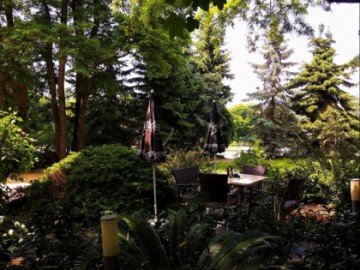
Abtnaundorfer Hof
Pension • Biergarten • Tavern
+49 341 59090440
Payment methods:
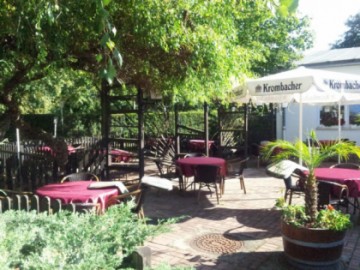
Adria-Grillstube
Restaurant • Steak House
+49 341 2518911
Payment methods:
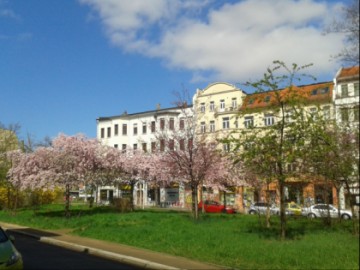
Alt Connewitz
Restaurant • Hotel
+49 341 3013770
Payment methods:
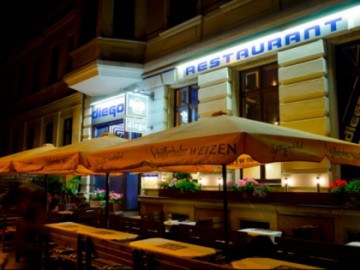
Diego
Restaurant • Brewery
+49 341 3086477
Payment methods:
All sights in LeipzigSee all
Landmarks in the city Leipzig
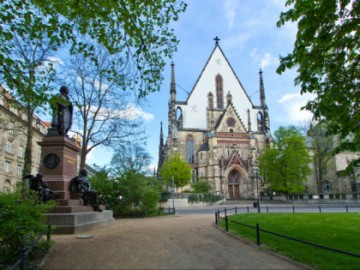
The Cathedral of St. Thomas and Thomanerchor
Architectural Monuments
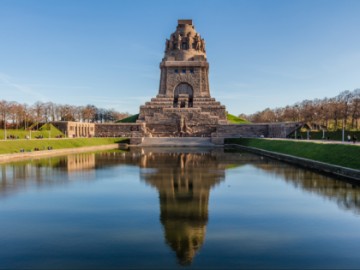
The Battle of Peoples monument
Architectural Monuments
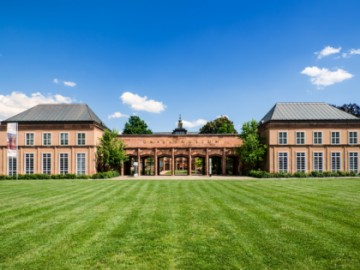
Grassi Museum
Museums and Exhibitions
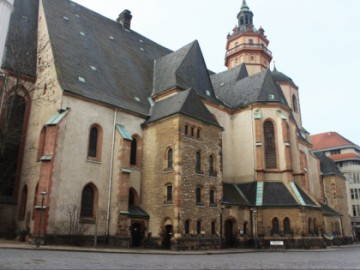
St Nicholas's cathedral
Architectural Monuments
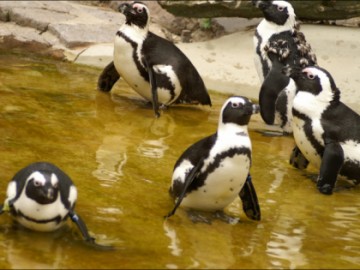
Leipzig Zoo
Parks and recreation
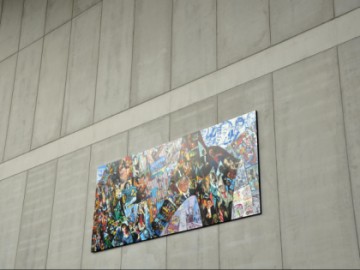
The Museum of the Fine Arts
Museums and Exhibitions
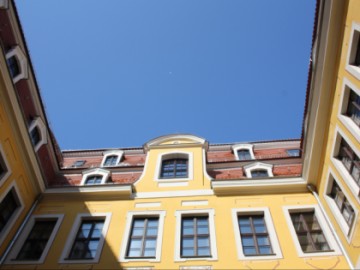
Bach's Museum
Museums and Exhibitions

The house of Mendelssohn
Museums and Exhibitions

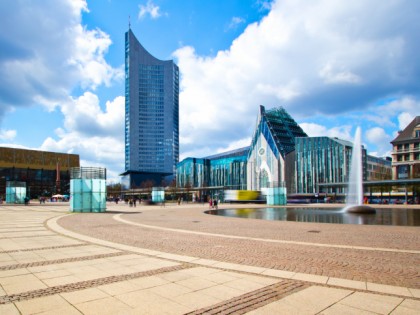

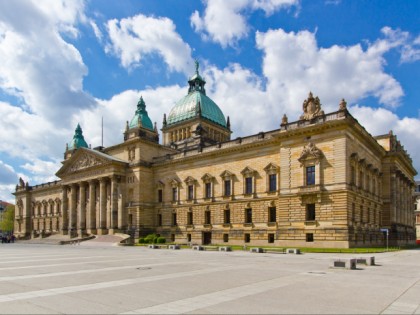

 Parks and recreation
Parks and recreation
 Museums and Exhibitions
Museums and Exhibitions
 Architectural Monuments
Architectural Monuments